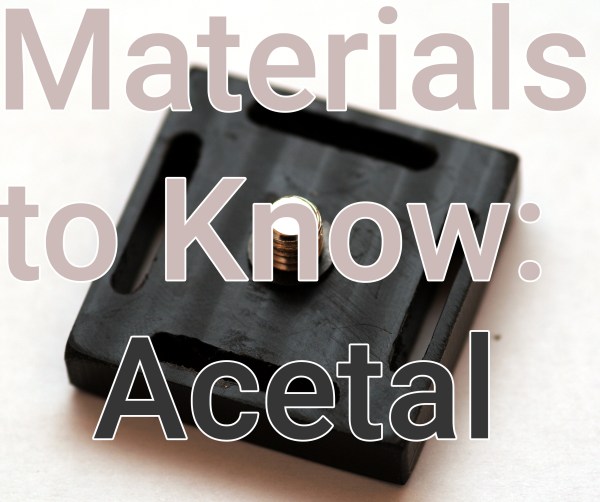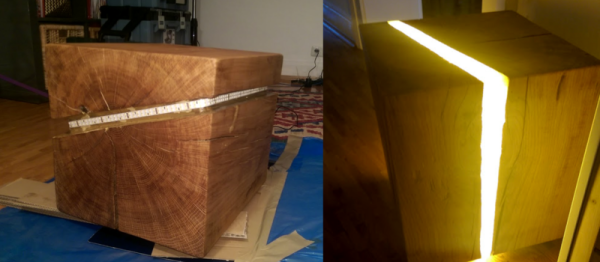Not since the cold fusion confusion of 1989 has the pop science media industry had a story like the EmDrive. The EmDrive is a propellantless thruster – a device that turns RF energy into force. If it works, it will revolutionize any technology that moves. Unlike rocket motors that use chemicals, cold gas, ions, or plasma, a spacecraft equipped with an EmDrive can cruise around the solar system using only solar panels. If it works, it will violate the known laws of physics.
After being tested in several laboratories around the world, including Eagleworks, NASA’s Advanced Propulsion Physics Laboratory, the concept of a device that produces thrust from only electricity is still not disproven, ridiculed, and ignored. For a device that violates the law of conservation of momentum, this is remarkable. Peer review of several experiments are ongoing, but [Paul] has a much more sensational idea: he’s building an EmDrive that will propel a cubesat.
Make no mistake, our current understanding of the universe is completely incompatible with the EmDrive. The idea of an engine that dumps microwave energy into a metal cone and somehow produce thrust is on the fringes of science. No sane academic physicist would pursue this line of research, and the mere supposition that the EmDrive might work is irresponsible. Until further peer-reviewed experiments are published, the EmDrive is the fanciful dream of a madman. That said, if it does work, we get helicarriers. Four EmDrives mounted to a Tesla Roadster would make a hovercar. Your grandchildren would only see Earth’s sun as a tiny speck in the night sky.
This isn’t [Paul]’s first attempt to create a working propellantless thruster. For last year’s Hackaday Prize, [Paul] built a baby EmDrive. Unlike every other EmDrive experiment that used 2.4GHz microwaves, [Paul] designed his engine to operate on 22 to 26 GHz. This means [Paul]’s is significantly smaller and can easily fit into a cubesat. If it works, this cubesat will be able to maintain its orbit indefinitely, fly to the moon and back, or go anywhere in the solar system provided the solar panels get enough light.
While [Paul]’s motivations in creating a citizen science version of the EmDrive are laudable, Hackaday.io’s own baby EmDrive does not display the requisite scientific rigor for a project of this magnitude. Experimental setups are ill-defined, graph axes are unlabeled, and there is not enough information to properly critique [Paul]’s baby EmDrive experiments.
That said, we can’t blame a guy for trying, and the EmDrive is still an active area of research with several papers under peer review. [Paul]’s plan of putting an EmDrive into orbit is putting the cart several miles ahead of the horse, but it is still a very cool project for this year’s Hackaday Prize.



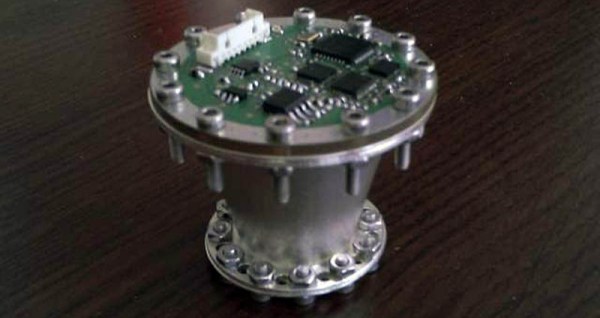




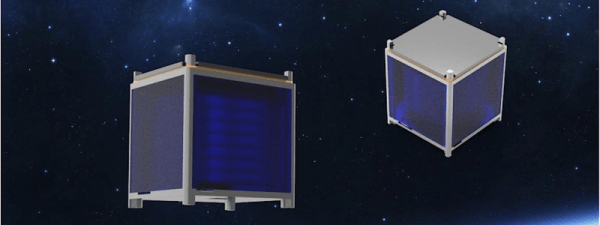


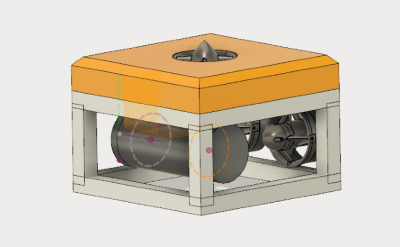
 Next up is [Edward Mallon] with
Next up is [Edward Mallon] with 